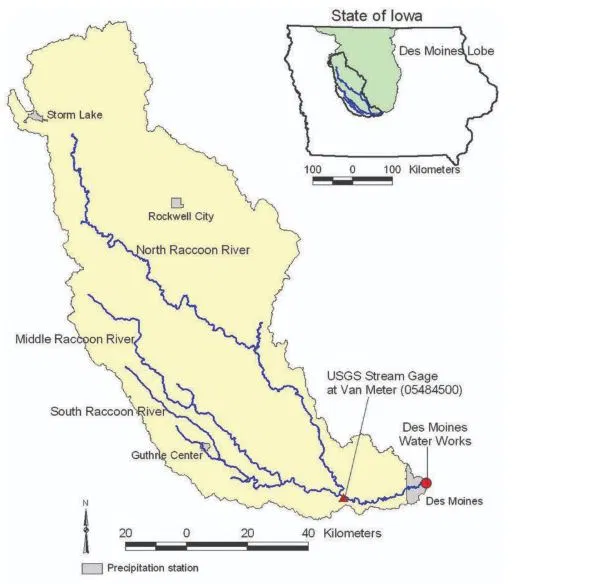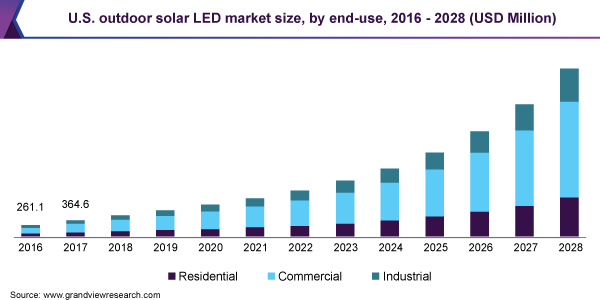Almost 30 years ago as a baby writer in Los Angeles I covered the Playa Vista project, a real estate development that included the restoration of the Ballona Wetlands south of Marina Del Rey. My wife and I used to ride our bikes through the wetlands on the way to the beach. It seemed a place of great promise and hideous neglect, populated mostly by styrofoam cups.
The restoration looked to be a massive and complicated project. I moved away before it came to fruition, but always assumed the restoration — like the real estate development — had gone forward. So I was surprised, this morning, to find that the debate about how to restore the wetlands is still going on.
I have a little bit of a jaundiced eye about California environmentalists — particularly the urban ones. Many of them have strong nostalgic streaks that make them averse to any kind of change. I covered anti-development groups in the San Fernando Valley who didn’t get that their opposition to increased density was continuing sprawl — and that sprawl is far less environmentally desirable, even if more familiar.
To be fair, on the pro-restoration side are engineers who often seem more fond of bulldozers than they should be and assume a level of human intervention that usually produces outcomes that are far from natural. In this case, a key part of the argument seems to be whether there should be miles of bike trails in the plan — which indicates to some that we’re talking less about environmental restoration and more about building a park.
But its also very California, and the news peg of this particular article is the engagement of a 14-year old activist who draws her moral authority from her long-dead great grand uncle, labor activist Cesar Chavez. Which is, to me, indicative of a process focused on the use of public relations to gain a moral upper hand, rather than coming to the best solution.






